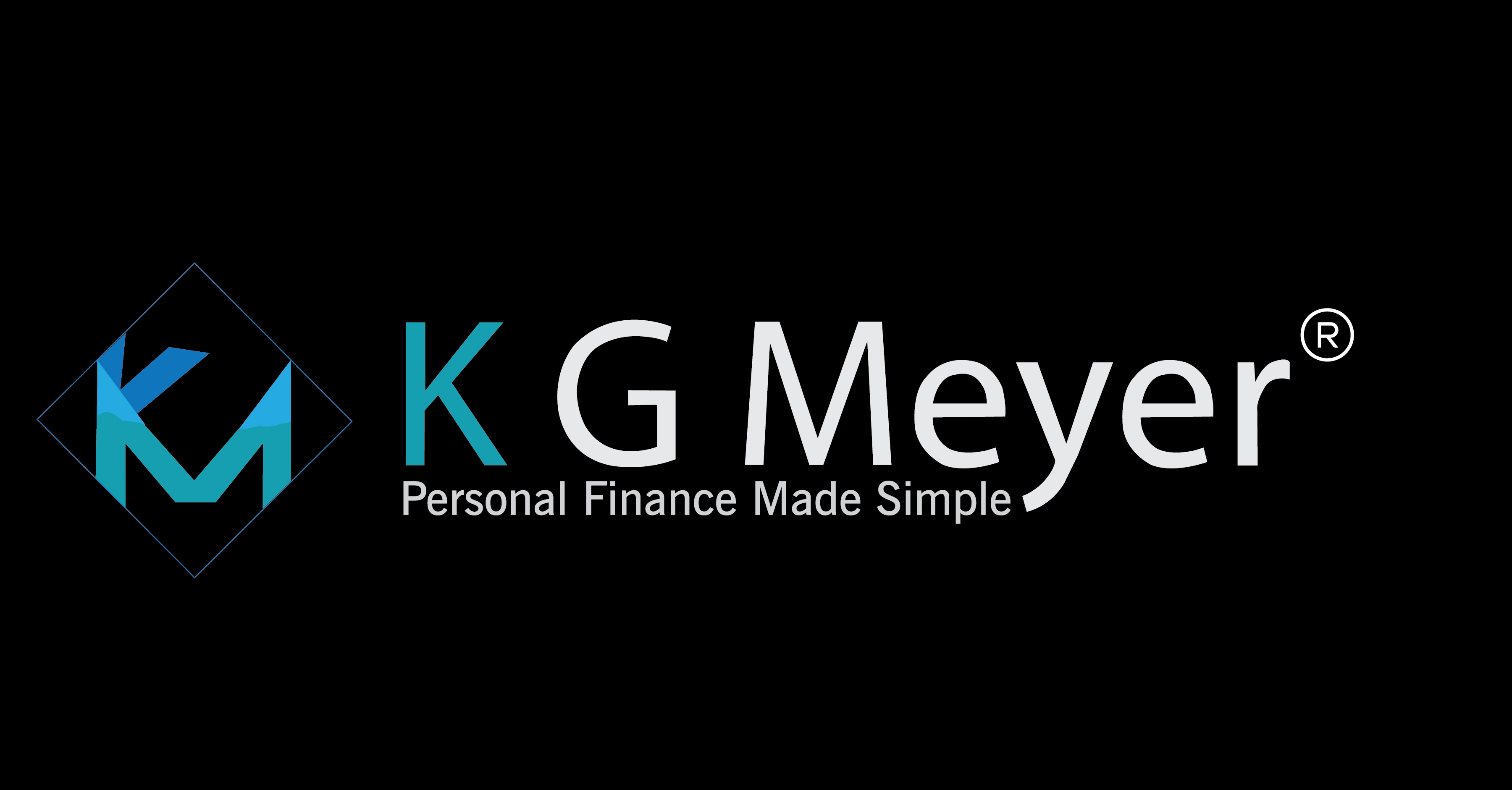
Do you have a 401(k) account? If so there are some key aspects that you may need to consider when you manage your portfolio. No matter what if your company offers an attractive 401(k) you should consider participating. But not all 401(k) accounts are created equally, and some should be avoided if possible and under the right circumstances. No matter what the shape of your 401(k) is in fee wise and with regards to investment choices, everyone needs to contribute at least up to the amount that your company will match if your employer does any matching.
The first thing that one needs to understand is that the earlier you start to invest the better you will be when it comes time to retire. That is because you give your money more time to work for you and accumulate more wealth in the account. And to help many younger employees, many companies are starting to enroll new employees automatically in the 401(k) plan. The average is 3%, but some have actually set this to increase all the way up to 10% over time. This allows younger employees the ability to contribute to their retirement on an automatic investment plan. And as I have pointed out in previous posts the earlier you save, the more you will ultimately have in 30 or 40 years when you retire. But even if you allow your employer to set up automatic withdrawals from your paycheck you may still need to select the investment vehicle as many plans will simply place the funds in the most conservative investment selection. And that will most likely not do you any favors over the long haul.
A second method that needs to be addressed is not only to start saving in the plan but increasing the contribution over time. While a few companies will do this automatically not all will. And if they do not it is up to you to increase your contributions yourself. The ideal amount is 10% of your salary before any company match is included. And provided you did start early in your career you will be able to retire comfortably with this approach. If you did not start early in your working career, you would need to save more to catch up as your money will have less time to work on your behalf. If possible save the maximum allowed in your 401(k) which is $18,000 in 2016 and if you are over age 50 you are allowed an extra $6,000 for a total of $24,000. But again, do this only if your company’s 401(k) is effective as far as fees are concerned and provides you a good selection of investment choices. Otherwise, look to an Individual Retirement Account before funding your 401(k).
Which leads to management fees of the 401(k) that your company participates. As I just stated, if the fees are extremely high, and the investment choices are not ideal, then it may be relevant to invest in the 401(k) up to the point where the company match ends, then invest in an IRA until you have contributed $5,500 or $6,500 for those over age 50. Then it may be wise to invest in a brokerage account if the 401(k) fees or investment choices are such that they truly are a poor investment. To show that fees can eat away at your portfolio a 0.2% difference in fees can mean the difference of tens of thousands of dollar over a 40-year career.
The fourth point is to have the correct asset mixture within the 401(k) account. Most 401(k) plans will offer at least a small variety of investment choices for the plan’s participants. Most will have a fund that will follow an index such as the S&P 500 or a large cap stock fund. These are popular and a staple of most 401(k) plans. The other most widely offered investment is a bond fund that most people will want in the proportion that makes them comfortable. Other investments that are generally offered are small-cap stock funds, Real Estate Investment Trusts and emerging or foreign market funds. What you need to do is find the asset allocation mixture that suits you and makes you comfortable and plan it according to your age and risk tolerance.
Finally, there are times when an expert may be needed or simply desired by you. Some companies are now offering services that help employees select the correct amount to contribute to reaching retirement goals. They are also offering help in selecting an asset allocation for a small percentage of the assets being managed. And in many instances, the company will cover these costs for their employees. If your company does not offer these services, then seek out the advice of a professional financial planner that will assist you on a fee-only basis. Remember, while not terribly difficult it is never a bad idea to have someone assist you in your investing goals and follow through. Seek out the help that you need and do not over pay for such assistance by going through your employer or a fee-only financial advisor.
If you need help or additional information, feel free to contact me or leave a message here.



